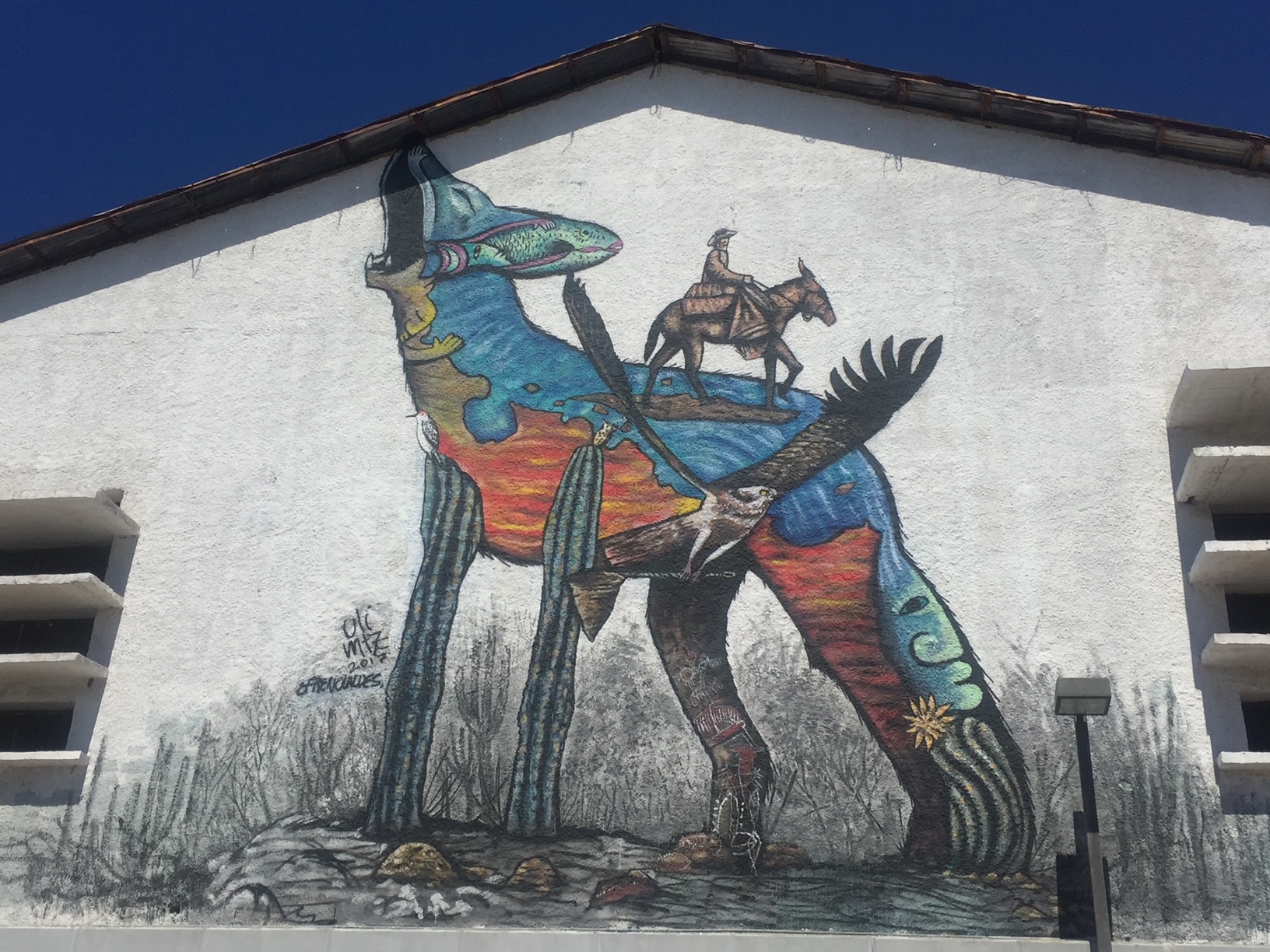LA PAZ, MEXICO RESOURCE GUIDE
LA PAZ, MEXICO RESOURCE GUIDE
FROM THE CRUISERS HUB AT CLUB CRUCEROS

La Paz, the capital of Baja California Sur, is a major stop for cruisers and a gateway to the Sea of Cortez. About 50 nautical miles from Bahía de Los Muertos, La Paz offers several marinas, boatyards, and provisioning options. The city is known for its vibrant culture, murals big and small, great restaurants, and long Malecon (waterfront promenade). There are numerous anchorages around La Paz, such as Bahía Falsa and El Mogote, but the currents can be tricky, so mariners need to be careful. The anchorage in La Paz proper is noted by many to have what people call, "the La Paz Waltz" because the boats seem to dance around their anchor and one another throughout the day.
Ashore, cruisers find a welcome dinghy dock and cruisers hub at Marina La Paz. The cruisers hub is called Club Cruceros. The club hosts morning coffee, tends a 'give and take' library, and most notably, maintains a La Paz Cruisers Guide. This guide is kept up to date by resident long time cruisers. For all mariners planning a stop in La Paz, this resource is free and available in pdf form here: https://www.clubcruceros.net/Cruiser_Guide.pdf?

Using this guide, the city is made very accessible.
The art and murals throughout the city add to the beauty and whimsy of the visit.



SEASON 8 AWARD ENTRIES: BIGGEST FISH CAUGHT
SEASON 8 AWARD ENTRIES: BIGGEST FISH CAUGHT

It was a blast. Tuna steaks forever. Vacuum packed and in the freezer. We weighed it with a luggage scale.

SV MALAIKA 🇺🇸 Robert & BettiAnn – Outbound 46′



